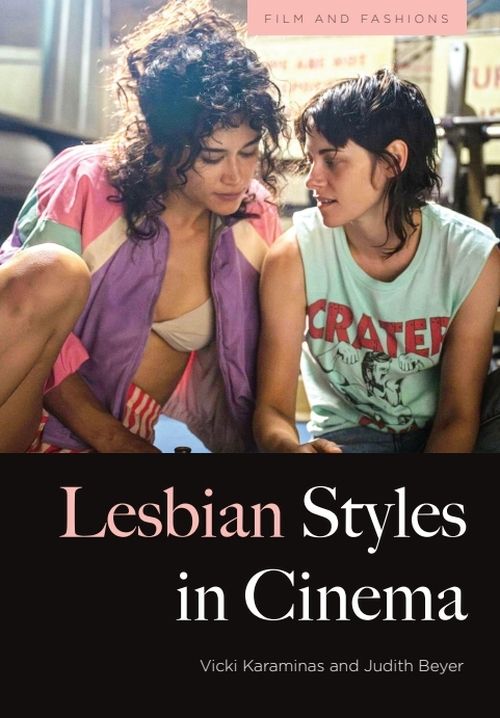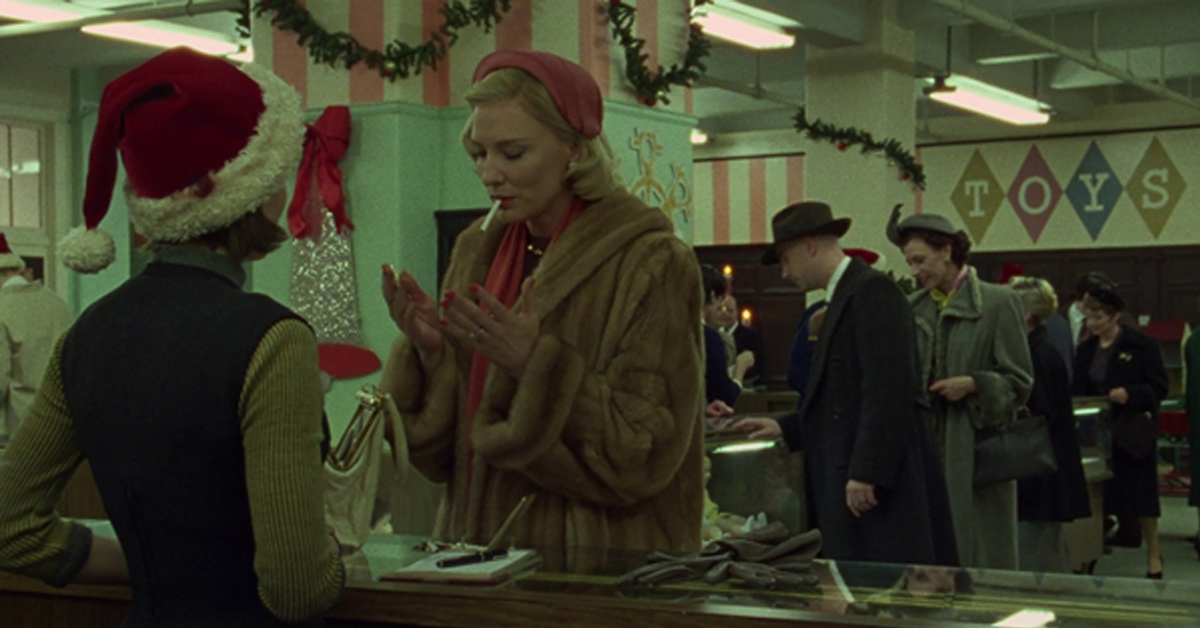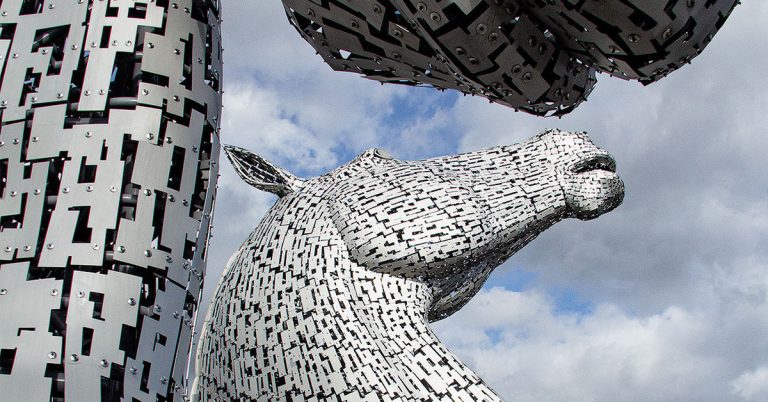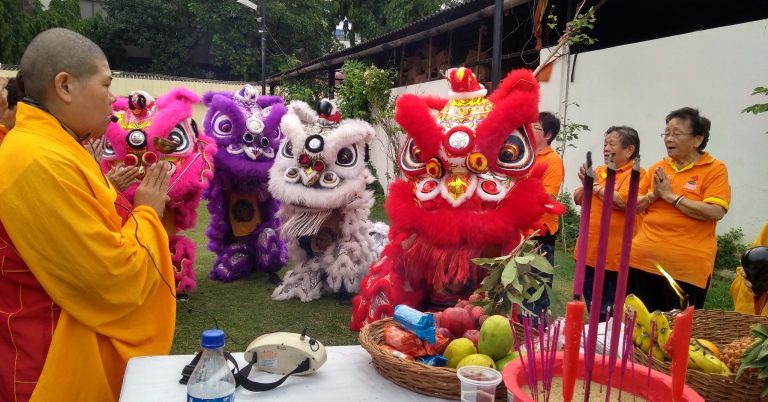
by Vicki Karaminas and Judith Beyer

Vicki Karaminas and Judith Beyer assess the role of lesbian dress style in constructing lesbian characters on film.
From period dramas to neo-noir thrillers and road trip comedies, lesbian characters in film have used fashion as a form of expression, defiance, and identity. These five lesbian movie characters show how style can reveal queerness, power, and transformation on screen.
Manuela von Meinhardis – Mädchen in Uniform (1931)

In one of the earliest lesbian films in cinema history, Manuela is a sensitive, romantic teen sent to a strict Prussian boarding school. Her emotional awakening begins with her love for her teacher, Fräulein von Bernburg. Manuela’s style – primarily a conservative school uniform – becomes subversive when she dons male attire in a stage performance, a so-called ‘Hosenrolle’. Her cross-dressing is a moment of rebellion, helping her speak truth to power in a world built on silence and control.
Carol Aird – Carol (2015)

(Rooney Mara) meet at the department store.
Carol Aird exudes classic 1950s elegance. Trapped in a loveless marriage, she seeks love and freedom with a younger woman. Her wardrobe blends postwar luxury – mink coats, tailored suits, coral dresses – with emotional restraint. As her relationship deepens, Carol’s style softens. She trades structure for comfort on a road trip to self-discovery, embracing knits and trousers that speak to her vulnerability and desire for authenticity.
Colette – Colette (2018)

Colette redefines lesbian style through evolution. She begins in rural France, dressed in modest country clothes, but transforms into a literary icon in Paris wearing ties, culottes, and tailored suits. Her clothing reflects her sexual awakening, creative freedom, and resistance to patriarchal control. Whether playing Claudine onstage or living out her love affairs, Colette dresses not for the male gaze – but for herself.
Violet – Bound (1996)

Corky (Gina Gershon) dressed in femme/butch style.
A true femme fatale, Violet uses high femme style as a weapon. With glossy red lips, black stilettos, Chanel accessories, and curve-hugging dresses, she turns traditional noir tropes on their head. Though she plays the mobster’s girlfriend, Violet is no victim. Her style is seductive, dangerous, and deeply calculated. She may match her butch partner Corky’s leather jacket—but hers is about allure, not rebellion.
Marian – Drive-Away Dolls (2024)

blue suit with a lavalliere.
Marian is the picture of buttoned-up control. A career-driven lesbian in crisp blue power suits and pussy-bow blouses, she appears out of place in the queer nightlife scene – until her journey with free-spirited Jamie cracks her shell. As her story unfolds, so does her style. Denim, soft blazers, and eventually a pair of red cowboy boots – symbols of desire and freedom – signal her sexual awakening and embrace of queer identity.
Discover more Lesbian Characters and Styles in Film
From structured suits to sheer slips, lesbian style on screen continues to evolve—challenging stereotypes, telling stories, and queering the costume. Whether you’re searching for lesbian fashion or exploring how queerness is expressed through clothing in cinema, Lesbian Styles in Cinema unpacks the role of sartorial codes in producing stories of lesbian subjectivities, representation and desire.
About the author
Vicki Karaminas is Professor of Fashion at Massey University Aotearoa New Zealand. She has published over 20 books on fashion, gender and sexuality.
Judith Beyer is a teaching fellow at AMD Akademie Mode und Design, Germany. Her research focuses on the intersection of fashion and culture, and the concepts of gender fluidity, sexualities and masculinities in contemporary fashion.






